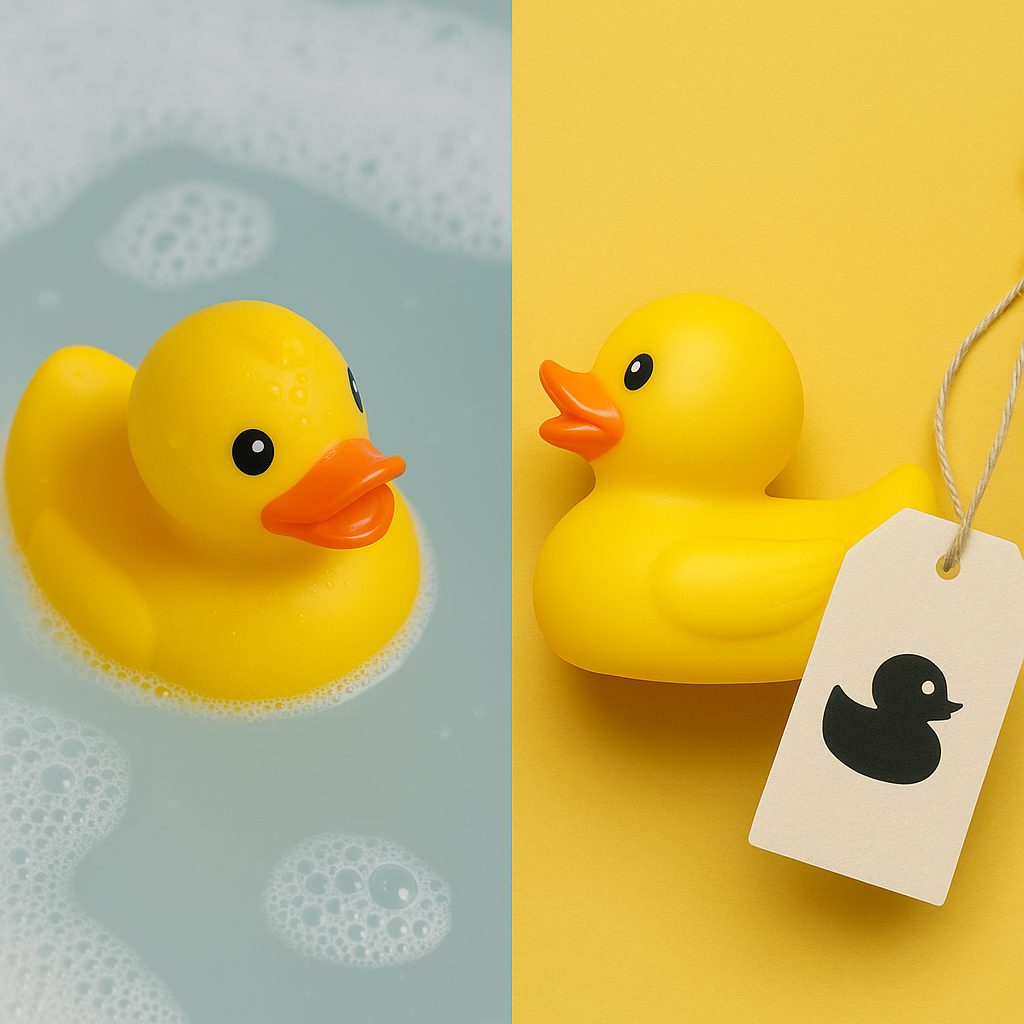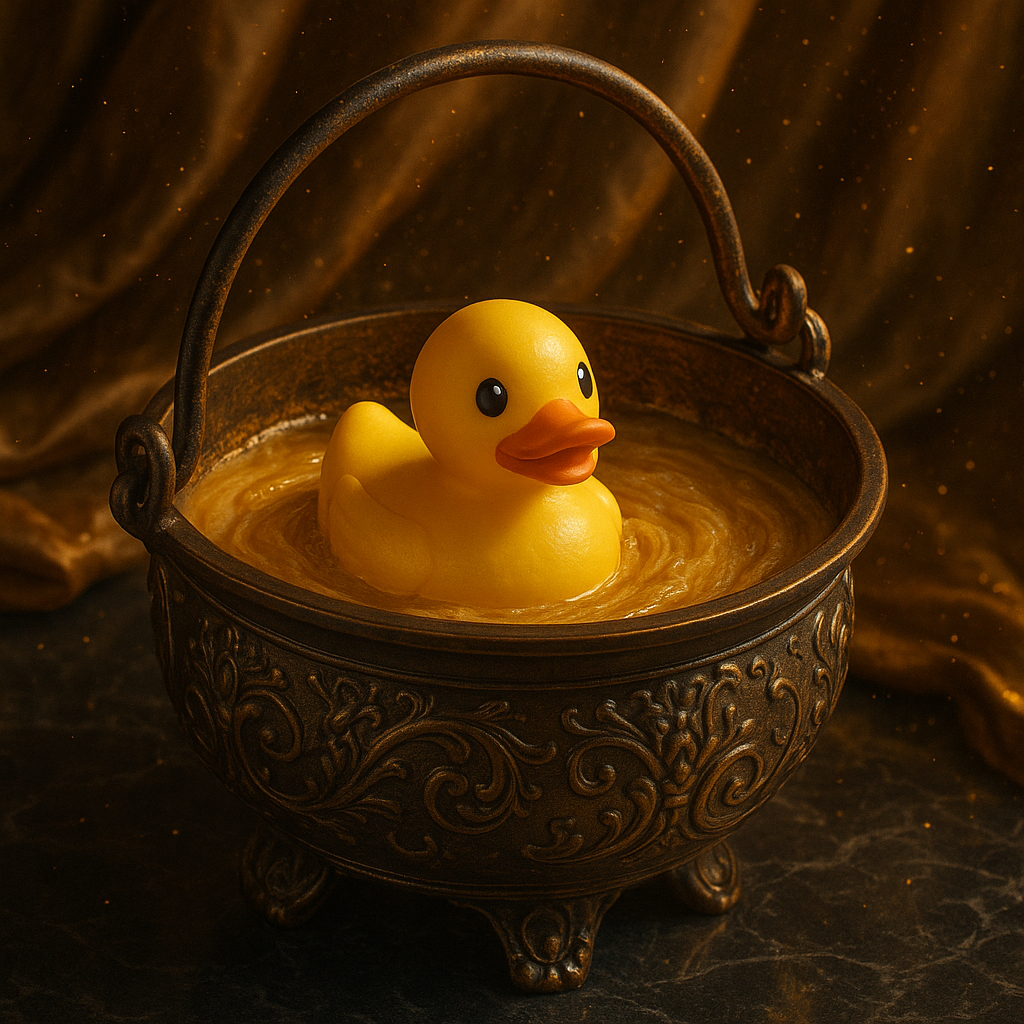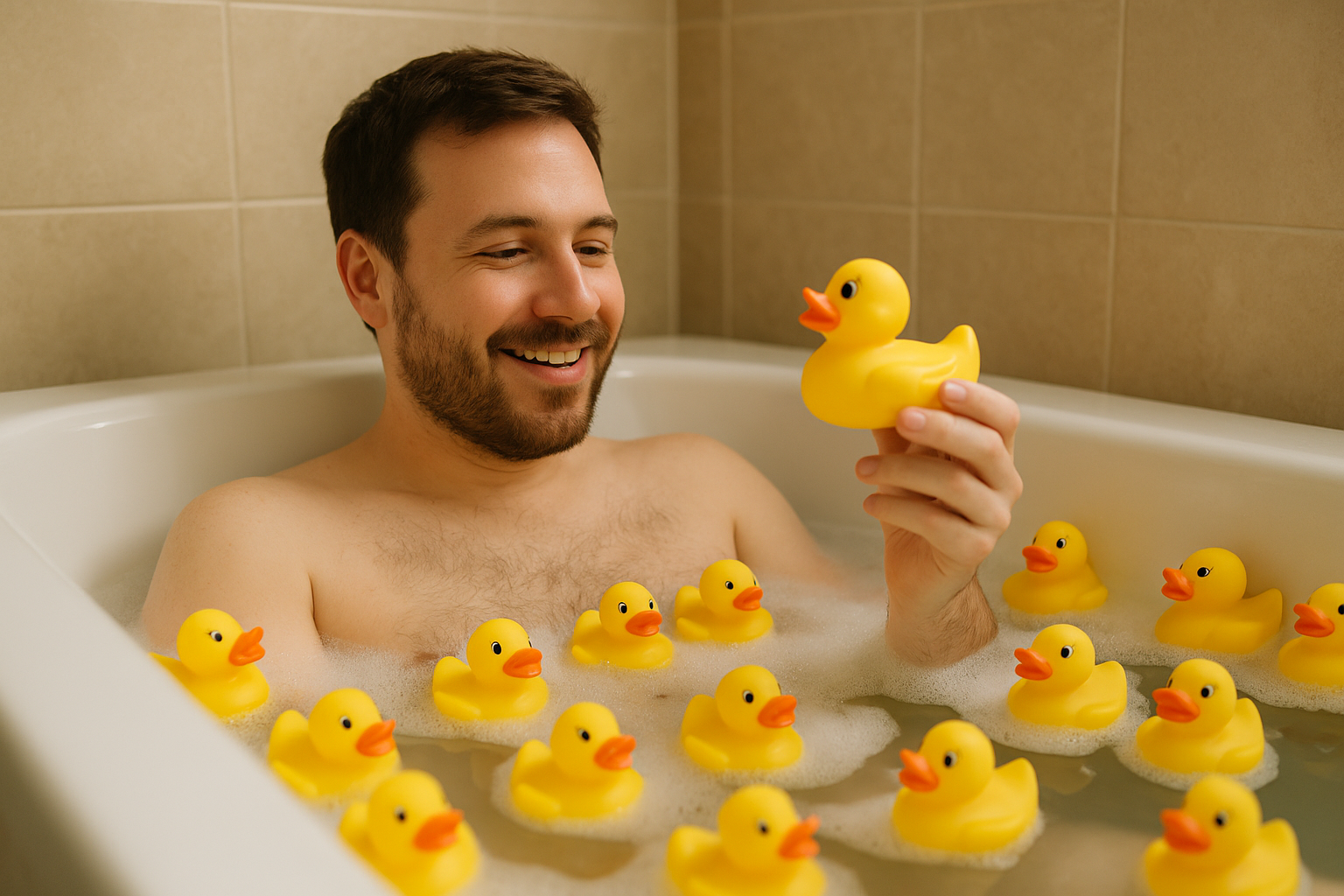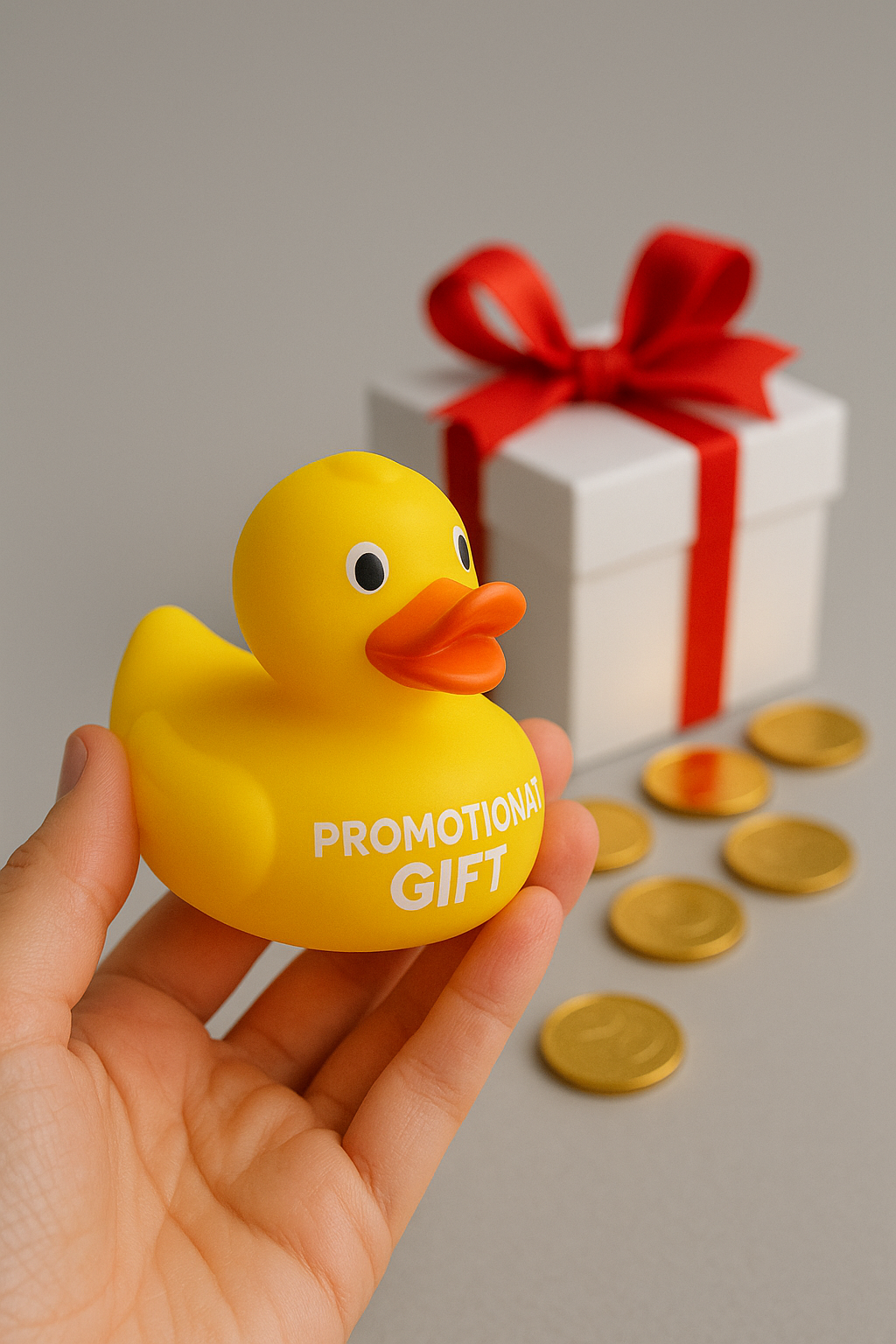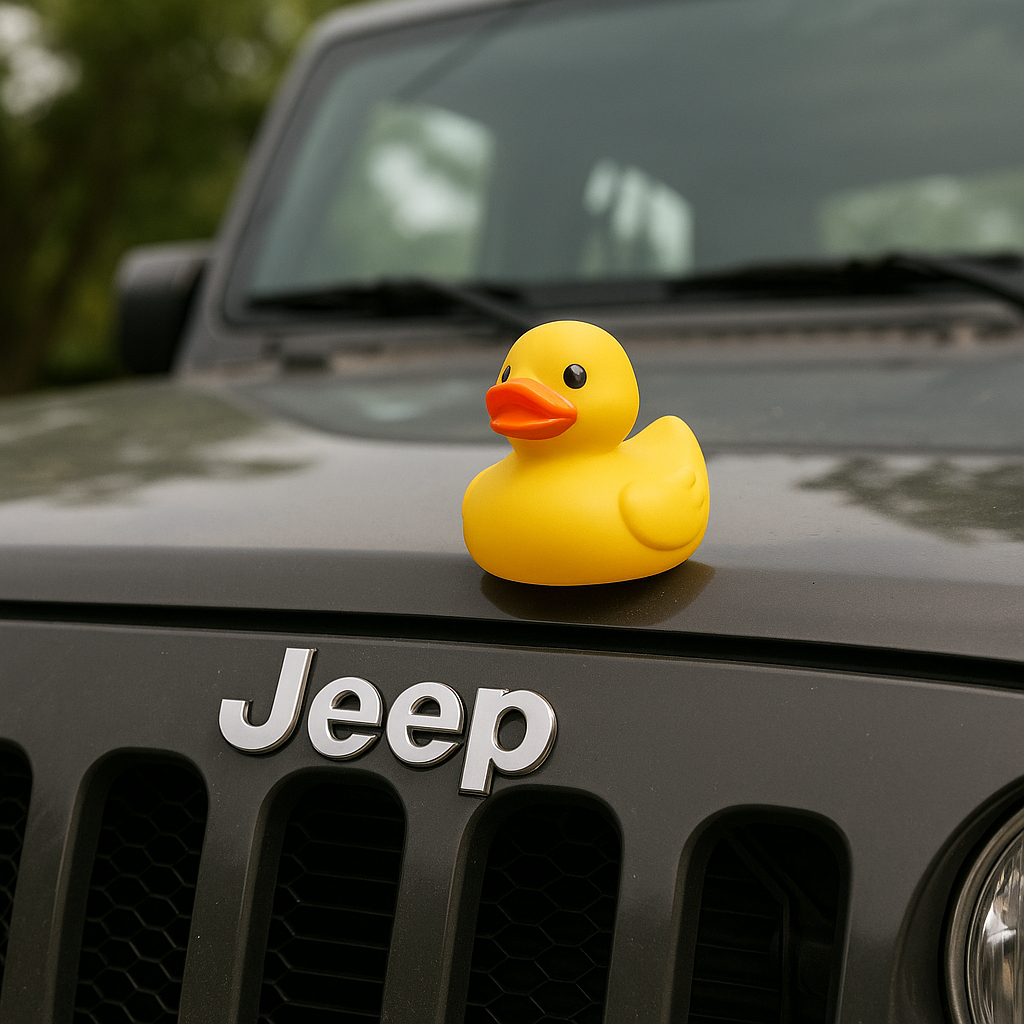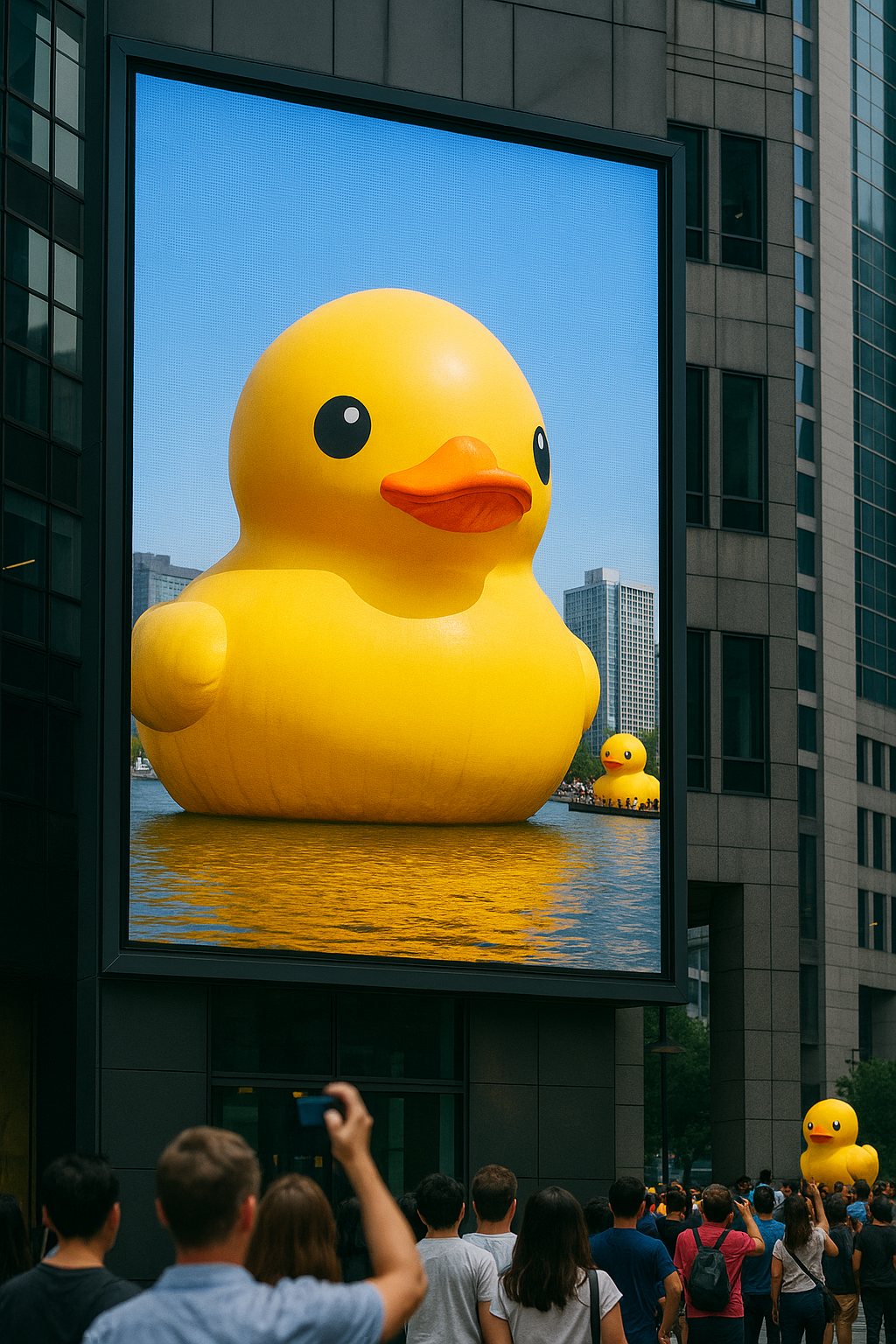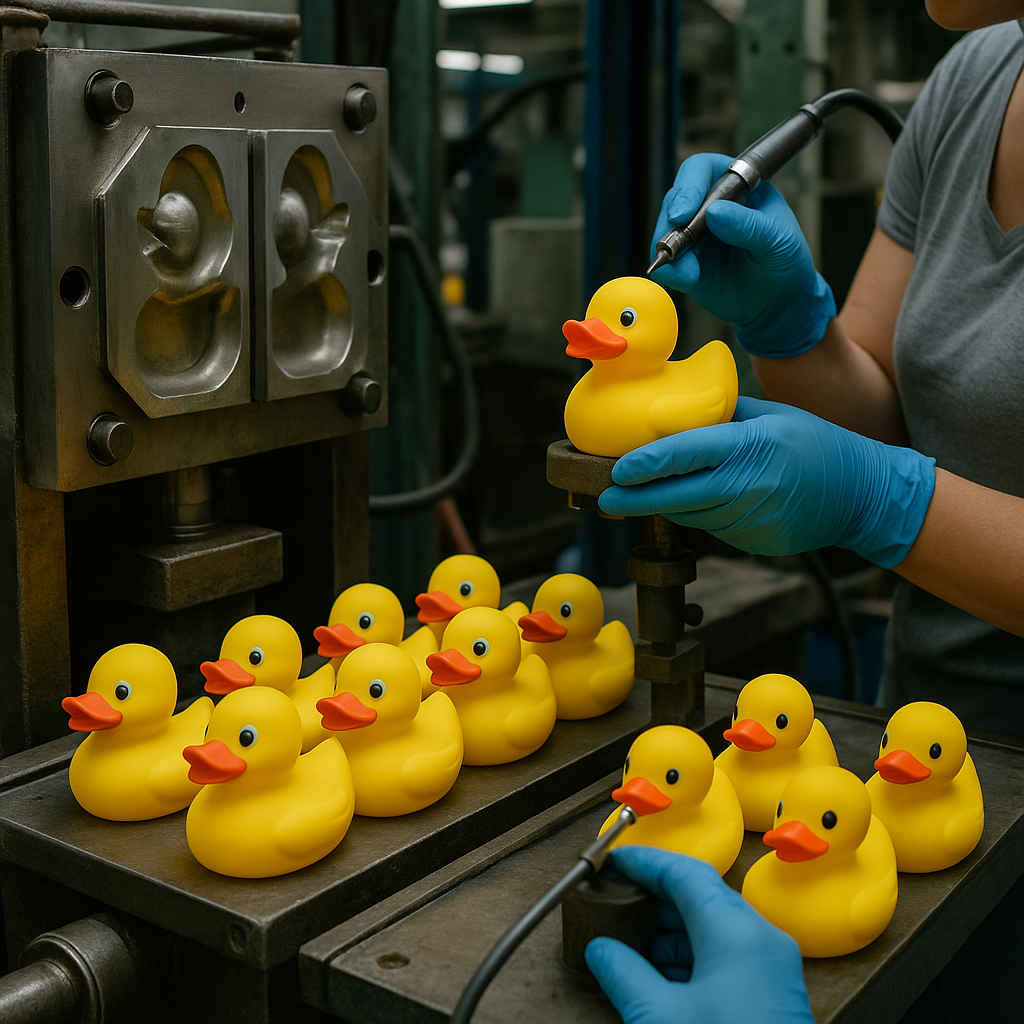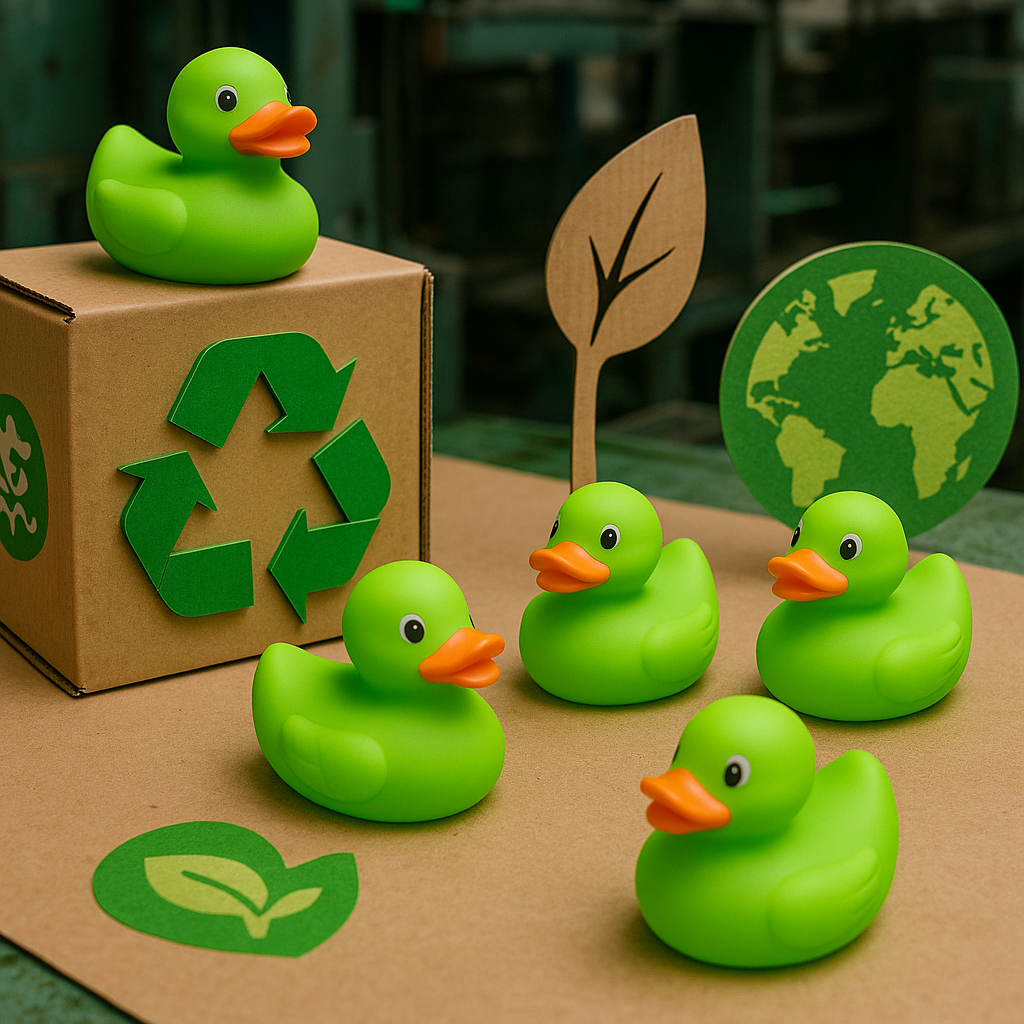Problem: Rubber ducks started as simple bath toys—but are they still just that?
Agitation: The truth is, these little ducks now swim far beyond the tub.
Solution: Let’s explore how rubber ducks evolved from childhood staples into powerful branding tools.
Rubber ducks began as children’s toys, but now they serve multiple roles—from promotional giveaways to pop culture icons and viral marketing tools[^1].
Stick with me, and you’ll see why this quirky little toy is making a big splash across industries.
The Humble Origins of the Classic Rubber Duck?
What started as a teething toy has evolved into a cultural icon. But how did it all begin?
The classic rubber duck originated in the late 19th century as a chewable toy[^2], evolving into a beloved bath-time staple by the 1940s.
Industrial Roots and Early Innovations
The original rubber ducks were made from hard rubber and were meant more for chewing than floating. But things changed with the introduction of vinyl and PVC materials[^3] in the early 20th century. These made ducks softer, floatable, and more playful.
| Year | Innovation | Material Used | Purpose |
|---|---|---|---|
| Late 1800s | First rubber duck patent | Hard rubber | Teething |
| 1940s | Floating duck design popularized | Vinyl/PVC | Bath toy |
| Today | Custom branded ducks | RPET, PVC | Marketing, Gifting |
Why Kids Still Love Them
Bright colors, floating ability, and squeaky sounds make rubber ducks engaging for babies and toddlers. They’re easy to clean, durable, and safe when made from non-toxic materials.
| Feature | Benefit for Kids |
|---|---|
| Bright colors | Stimulate visual senses |
| Float on water | Encourages water play |
| Squeaky noise | Auditory engagement |
| Soft material | Safe for chewing |
Beyond the Tub: How Adults Are Embracing Rubber Ducks?
Rubber ducks are no longer just for kids—adults are now collecting and gifting them too.
Adults embrace rubber ducks through hobbies, social trends, and brand engagement, making them quirky conversation starters.
Adult Collectors and Themed Uses
Adult collectors often seek limited editions or culturally themed ducks. Others use ducks as desk toys, stress relief, or novelty gifts.
| Use Case | Description |
|---|---|
| Collectible Ducks | Limited editions, characters, mascots |
| Desk Toys | Mood lifters and icebreakers |
| Event Decorations | Fun, thematic visual elements |
Custom Rubber Ducks for Events, Brands, and Campaigns?
Custom rubber ducks let brands express creativity and values in a small but memorable format.
Businesses use custom rubber ducks to boost brand awareness and enhance event engagement[^5] in a cost-effective and creative way.
Design Meets Marketing Strategy
From choosing colors to adding logos, every detail counts. A well-designed duck becomes more than a toy—it becomes a talking point.
| Custom Option | Business Benefit |
|---|---|
| Logo Printing | Increases brand recognition |
| Themed Costumes | Matches seasonal or brand themes |
| Eco Materials | Shows sustainability commitment |
Rubber Ducks as Promotional Gifts: Small Toy, Big Impact?
How can something so small make a big impression in a competitive market?
Rubber ducks are memorable, portable, and universally appealing, making them ideal for promotional gifts across industries.
Why They Work So Well
Unlike flyers or pens, ducks get attention. They invite interaction, humor, and curiosity. Plus, they’re often kept—not tossed.
| Reason | Impact |
|---|---|
| Novelty | Higher recall rate |
| Photo-worthy | Encourages social sharing |
| Universal appeal | Fits any demographic |
Jeep Ducking: A Viral Movement That Boosted Rubber Duck Popularity?
Ever seen a rubber duck on a Jeep? It’s part of a trend that caught fire.
“Jeep Ducking” involves Jeep owners leaving rubber ducks on each other’s vehicles to spread positivity and boost social interaction[^8], creating a viral brand moment.
A Grassroots Movement Gone Global
Started in Canada during the pandemic, Jeep Ducking is now a worldwide trend that boosted rubber duck sales and created a new community.
| Origin | Purpose | Result |
|---|---|---|
| Canada (2020) | Spread joy, community bonding | Viral social media trend |
| Jeep owners | Leave ducks with notes | Increase in duck demand |
Rubber Ducks in Pop Culture and Media Appearances?
Rubber ducks aren’t just toys—they’re stars.
Rubber ducks have made appearances in cartoons, movies, and music, embedding themselves into global pop culture.
Where You’ve Seen Them
From Ernie’s famous “Rubber Duckie” song to cameos in comedies and commercials, ducks have earned their screen time.
| Media Type | Appearance Example |
|---|---|
| TV | Sesame Street’s Ernie |
| Music | “Rubber Duckie” song |
| Film | Animated films, sitcoms |
| Ads | Mascot roles in commercials |
Manufacturing the Perfect Duck: From Mold to Final Print?
What does it take to make a duck that’s safe, cute, and brand-ready?
Rubber duck production involves molding, coloring, printing, and quality control to ensure consistency and safety for end users.
Step-by-Step Factory Process
We use custom molds, safe materials, and five production lines to meet both large and small orders.
| Process Stage | Description |
|---|---|
| Mold Injection | Duck shape formed |
| Base Coloring | Primary body color added |
| Printing & Detailing | Eyes, logos, costumes printed |
| Quality Inspection | Checked for leaks, smudges, deformities |
Eco-Friendly Materials in Modern Rubber Duck Production?
Can rubber ducks be fun and sustainable?
Yes—modern rubber ducks can be made with eco-friendly materials like RPET and recyclable plastics[^6] to reduce environmental impact.
Materials That Matter
More buyers are asking for ducks made from recycled and safe materials. That’s why we offer RPET-based options that are fully customizable.
| Material | Environmental Benefit |
|---|---|
| RPET | Reuses plastic bottles |
| Phthalate-Free PVC | Safer for kids and planet |
| Recyclable Packaging | Reduces landfill contribution |
How to Order Custom Rubber Ducks: Tips for Businesses and Creators?
Ordering is easier than you think, but a few steps can help you avoid common pitfalls.
Start with a clear design concept, verify factory certifications[^7], and request samples before confirming large rubber duck orders.
Ordering Tips
- Define your concept and quantity.
- Ask for material certifications (BSCI, GRS).
- Review digital mockups.
- Confirm sample before mass production.
- Finalize delivery and payment terms.
| Step | Purpose |
|---|---|
| Design Planning | Aligns with brand goals |
| Sample Request | Confirms quality and accuracy |
| Logistics Setup | Ensures timely, cost-effective delivery |
Conclusion
Rubber ducks have evolved from bath-time fun to branding powerhouses—blending nostalgia, creativity, and marketing impact in one quirky package.
[^1]: Discover how rubber ducks are used in pop culture and viral campaigns to increase brand visibility.
[^2]: Learn about the original purpose of rubber ducks and their evolution from teething toys.
[^3]: Understand why vinyl and PVC transformed the design and appeal of rubber ducks.
[^4]: Explore how sensory elements like color and sound help in early childhood development.
[^5]: See how custom ducks drive engagement at corporate events and marketing campaigns.
[^6]: Learn the benefits of RPET and other sustainable materials used in duck manufacturing.
[^7]: Understand which certifications matter when choosing a reliable rubber duck factory.
[^8]: Learn how “Jeep Ducking” became a global movement and boosted rubber duck sales.


